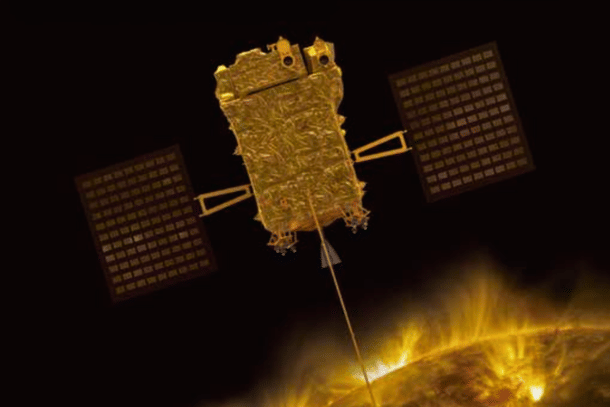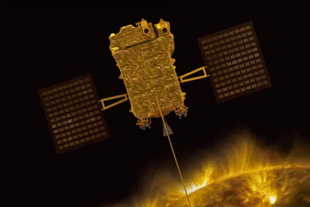Science
ISRO Sends Aditya-L1 Further Out In Earth Orbit; Next Move Will Be 'A Send-Off From Earth'
Karan Kamble
Sep 15, 2023, 10:25 AM | Updated 10:24 AM IST
Save & read from anywhere!
Bookmark stories for easy access on any device or the Swarajya app.


The Indian Space Research Organisation (ISRO) executed the fourth Earth-bound manoeuvre successfully early on Friday (15 September) to propel Aditya-L1 further out in Earth orbit.
India's solar spacecraft, thus, attained a new orbit of 256 km x 121,973 km.
Previously, Aditya-L1 was in a 296 km x 71,767 km orbit.
As with the preceding Earth-bound manoeuvres, the satellite was tracked from ISRO's ground stations at Mauritius, Bengaluru, Sriharikota, and Port Blair during the operation.
Meanwhile, "a transportable terminal currently stationed in the Fiji islands for Aditya-L1 will support post-burn operations," ISRO said on X.

The next move, scheduled for around 2 am on Tuesday (19 September), will be key.
The Trans-Lagrangean Point 1 Insertion (TL1I), the fifth and final Earth-bound manoeuvre for Aditya-L1, will be "a send-off from the Earth," ISRO said.
It will slingshot India's solar probe to the vicinity of the Sun-Earth Langrange 1 point (L1), which will take about 110 days.
ISRO will thereafter execute a manoeuvre to bind the spacecraft to an orbit around L1.
Aditya-L1's total journey time from Earth to L1, about 15 lakh kilometres apart, is about four months.
Besides updates on the Earth-bound manoeuvres, ISRO shared Aditya-L1's first snaps on 7 September. A video featured images of two key scientific instruments on board — the Visible Emission Line Coronagraph (VELC) and the Solar Ultra-violet Imaging Telescope (SUIT) — as well as of the Earth and Moon.
The instruments and the Earth and Moon were imaged on 4 September, two days after launch and before the initiation of Earth-bound manoeuvres.
Karan Kamble writes on science and technology. He occasionally wears the hat of a video anchor for Swarajya's online video programmes.





